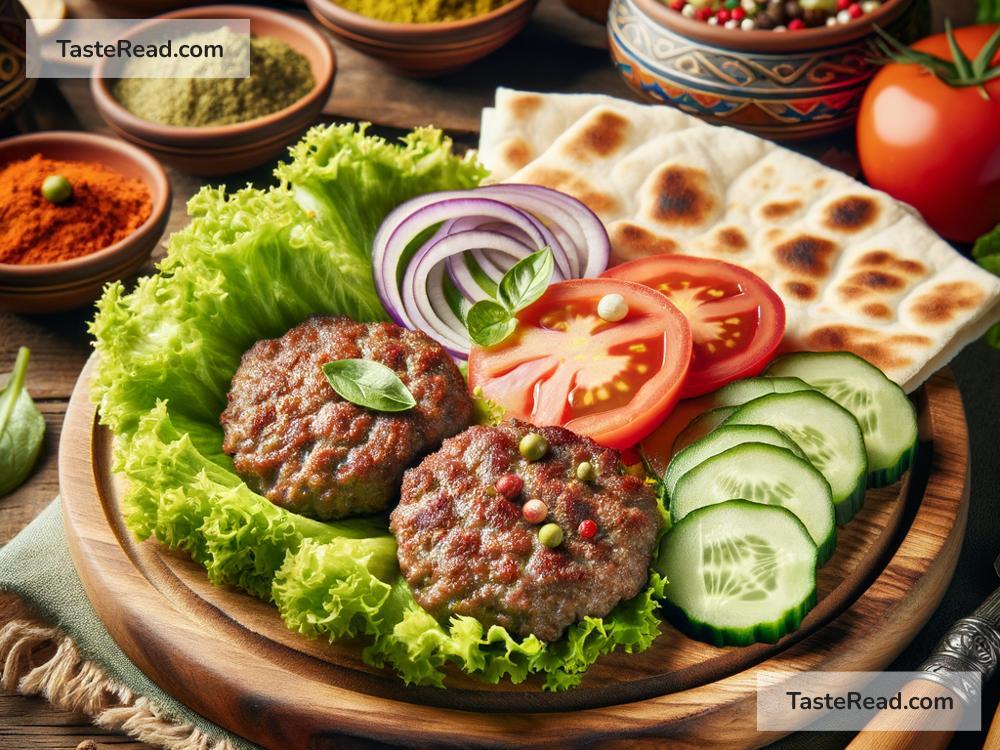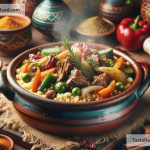Title: A Flavorful Journey Back in Time: Exploring the Origins of the Turkish Kofte
In the vibrant mosaic of world cuisines, each dish tells a story, intertwined with the culture, history, and the people who created it. Among these culinary treasures, the Turkish kofte holds a special place, not just on the tables across Turkey but also in the hearts of its people and food lovers worldwide. Today, let’s embark on a flavorful journey to explore the origins of the Turkish kofte, a simple yet profound dish that has journeyed through time to make its mark in the world.
Kofte, at its core, is a straightforward dish crafted from ground meat mixed with spices, onions, and sometimes breadcrumbs or rice, then shaped into balls, patties, or cylinders before being cooked. However, the simplicity of kofte belies its complex history and the deep cultural significance it carries within Turkish society and beyond.
The term “kofte” is believed to have derived from the Persian word “kufta,” which translates to “to grind” or “meatball.” This etymology points towards the Middle Eastern origins of the kofte, suggesting that the dish might have been brought to Anatolia by the nomadic Turkic tribes from Central Asia, who migrated to the region more than a millennium ago. These tribes were experts at creating dishes that were not only nourishing and flavorful but also convenient for their nomadic lifestyle, and kofte fit this bill perfectly.
As these nomadic groups settled in what is now modern-day Turkey, they blended their culinary traditions with those of the diverse cultures they encountered, including the Byzantines and the Armenians, among others. This cultural amalgamation gave birth to an array of kofte variations, each region of Turkey boasting its own unique take on the dish, influenced by local ingredients, climate, and culinary preferences.
For instance, İnegöl kofte, originating from the town of İnegöl in Bursa Province, is renowned for its soft texture and is primarily made from beef and lamb. Meanwhile, in the southeastern part of Turkey, you’ll find the spicier Urfa kofte, named after the city of Urfa, which is characterized by its generous use of isot pepper—a dried Turkish chili pepper.
One of the remarkable aspects of kofte is its versatility. It can be grilled, fried, steamed, or baked, and every method of cooking imparts a different flavor and texture to the dish, making it a versatile element in Turkish cuisine. Furthermore, kofte can be enjoyed in a myriad of ways—served with rice, bread, or as part of a lavish kebab platter, accompanied by a variety of dips and salads, making it a dish that can cater to a wide range of palates and occasions.
The historical journey of kofte also reflects the socio-economic changes that have shaped the region. From being a staple food for the nomadic tribes of Anatolia, kofte has transitioned into a culinary icon of Turkey, celebrated in high-end restaurants and humble street food stalls alike. This transition showcases the adaptability of kofte, evolving with time while retaining its essence and continuing to be a beloved part of Turkish culinary heritage.
Today, the legacy of kofte continues to thrive, not just in Turkey but globally, as Turkish and Middle Eastern cuisines gain popularity worldwide. Food enthusiasts and chefs around the world experiment with traditional kofte recipes, infusing them with local flavors and ingredients, thus, continuing the journey of this humble dish as it finds new admirers and adaptations.
In conclusion, the Turkish kofte is more than just a dish; it’s a symbol of cultural identity and unity, a testament to the resilience and creativity of the people who have cherished and preserved it through centuries. Its origins, steeped in history and tradition, remind us of the power of food to bridge cultures and connect people across time and space. So, the next time you savor a delicious kofte, remember, you’re not just enjoying a meal but partaking in a rich cultural legacy that spans thousands of years and countless miles.


